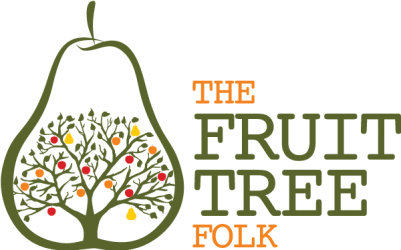
Common Name: Lemons & Limes
Botanical name: Citrus limon & Citrus aurantifolia
Summary
A relatively young genus originating from Northern India, with the modern cultivar that we call lemon turning up in Spain around the 13th century courtesy of Arab traders. Since then, the acidic fruit has become an indispensable ingredient in modern cuisine.
Small to medium spreading vigorous evergreen trees, these trees have glossy green leaves, and are in the same genus as kumquat, orange, grapefruit, tangelo and mandarin. Cultivars in Australia include the Lisbon, Eureka and Meyer varieties.
Likes
- Mild winters, pleasant summers
- Full sun but will still bear in partial sun
- Well composted mulch
Doesn’t like
- Heavy frost
- Exposing shaded bark to hot sun
Flowers in
- Generally all year
Fruits in
- All year
Care
Planting
Plant grafted trees in spring in well-drained soil with partial or full sun.
Pollination
All varieties are self-pollinating.
Pruning
Lemons will respond well to severe pruning any time of year to reduce long water shoots and maintain shape and airflow. Paint trunk and major branches with white water based paint if renovating in summer to avoid bark scold.
Disease and pest management
Citrus gall wasp requires heavy pruning of all galls in June and July to avoid re-infestation. For scale, increase water and fertilise.
Moisture, how much and when
Thirsty from Spring to Autumn.
Feeding
Hungry. Feed with high Nitrogen, NPK fertiliser once or twice a year any season.
Harvesting
All year when fruit is almost in full colour. Fruit will hang on tree quite a few months once ripe.


